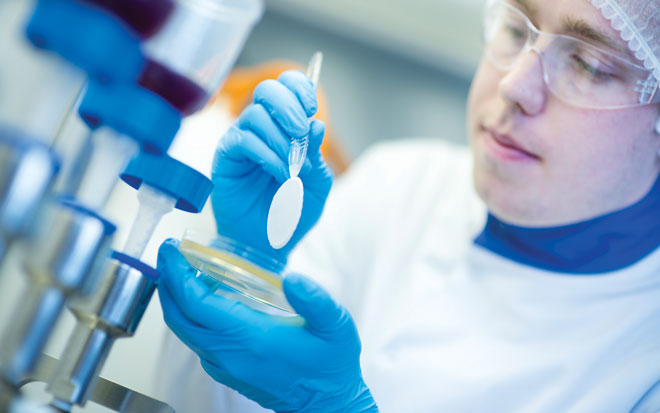Why speed and flexibility matter now more than ever
20 October 2025 | By
The balance between speed, scale, and compliance has never been more critical. As GLP-1s, biosimilars, and advanced therapies reshape global priorities, pharma leaders face a new question: how can manufacturing infrastructure evolve fast enough to keep pace?


















